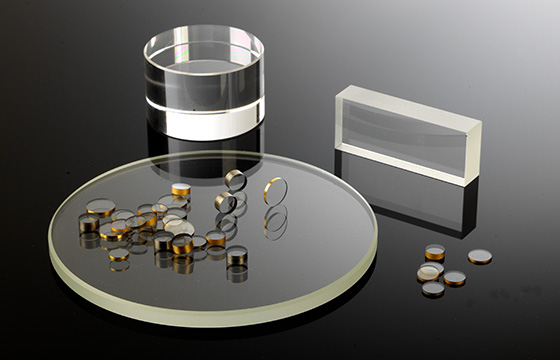
Sapphire Windows
Sapphire windows provide unparalleled durability, wide spectral transparency, and resistance to extreme conditions, making them essential in high-performance applications across various industries, from aerospace to scientific research.
Benefits of Sapphire Optical Windows
Handles High Temperatures and Pressures
Sapphire is exceptionally tolerant to extreme temperature fluctuations and pressure differences, making them ideal for use as viewports in vacuum chambers or environments containing high-temperature plasma.
Wide Transmittance Range
Sapphire windows are transparent across a broad spectrum, from 170 nm to 5.5 µm, making them suitable for a wide array of optical applications.
Unique Sapphire Material Properties
Being a single crystal form of Al2O3, sapphire combines a set of advantageous chemical, mechanical, and optical properties. Learn About Sapphire Properties »
Chemical Resistance
Sapphire is resistant to strong acids, facilitating its use in corrosive atmospheres.
Scratch and Abrasion Resistance
With a high Knoop hardness of 1800 parallel to the optic axis and 2200 perpendicular, sapphire windows offer superior resistance to scratches and abrasion.
Sapphire Window Examples
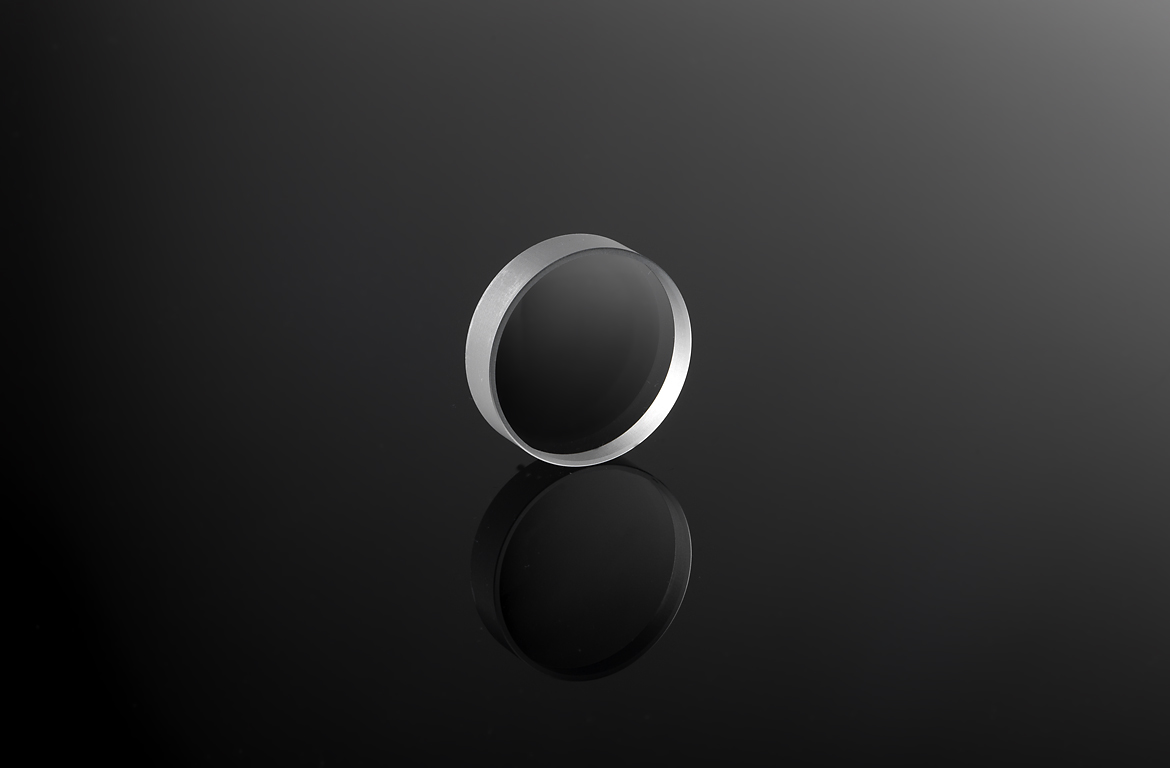
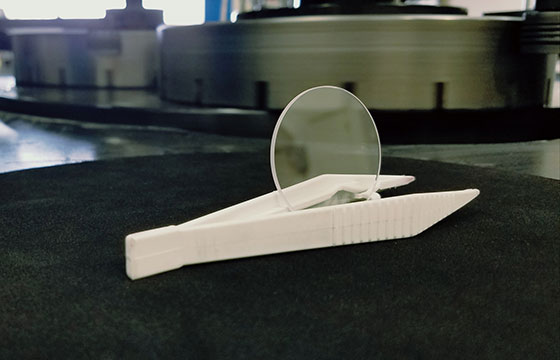
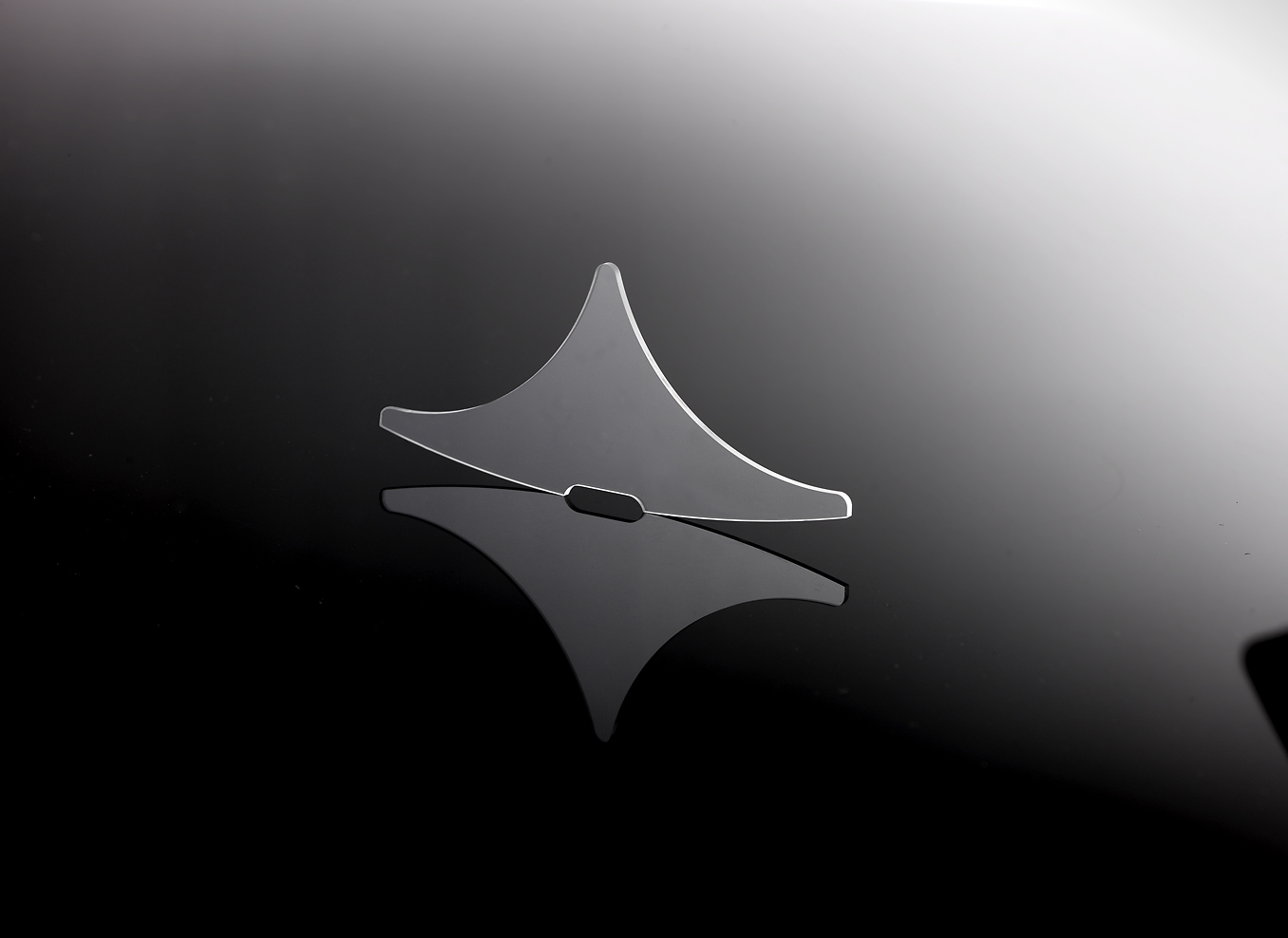
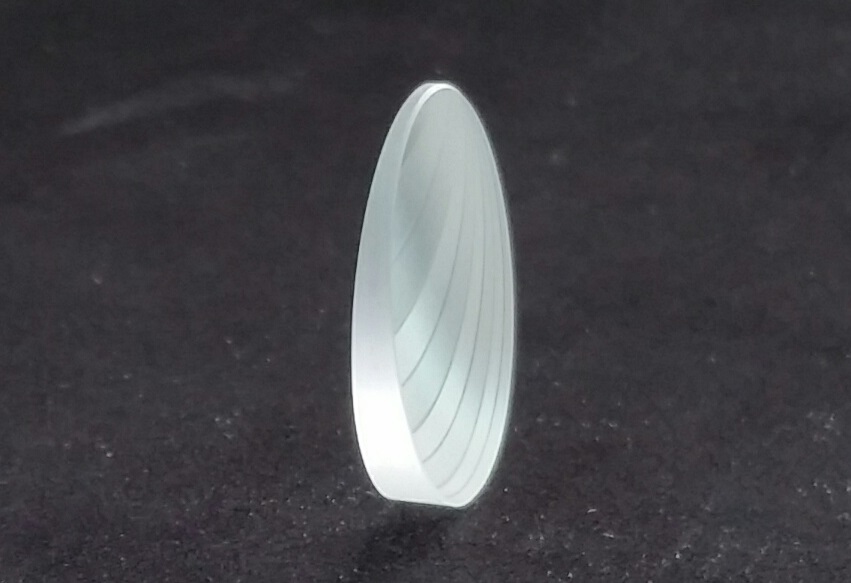
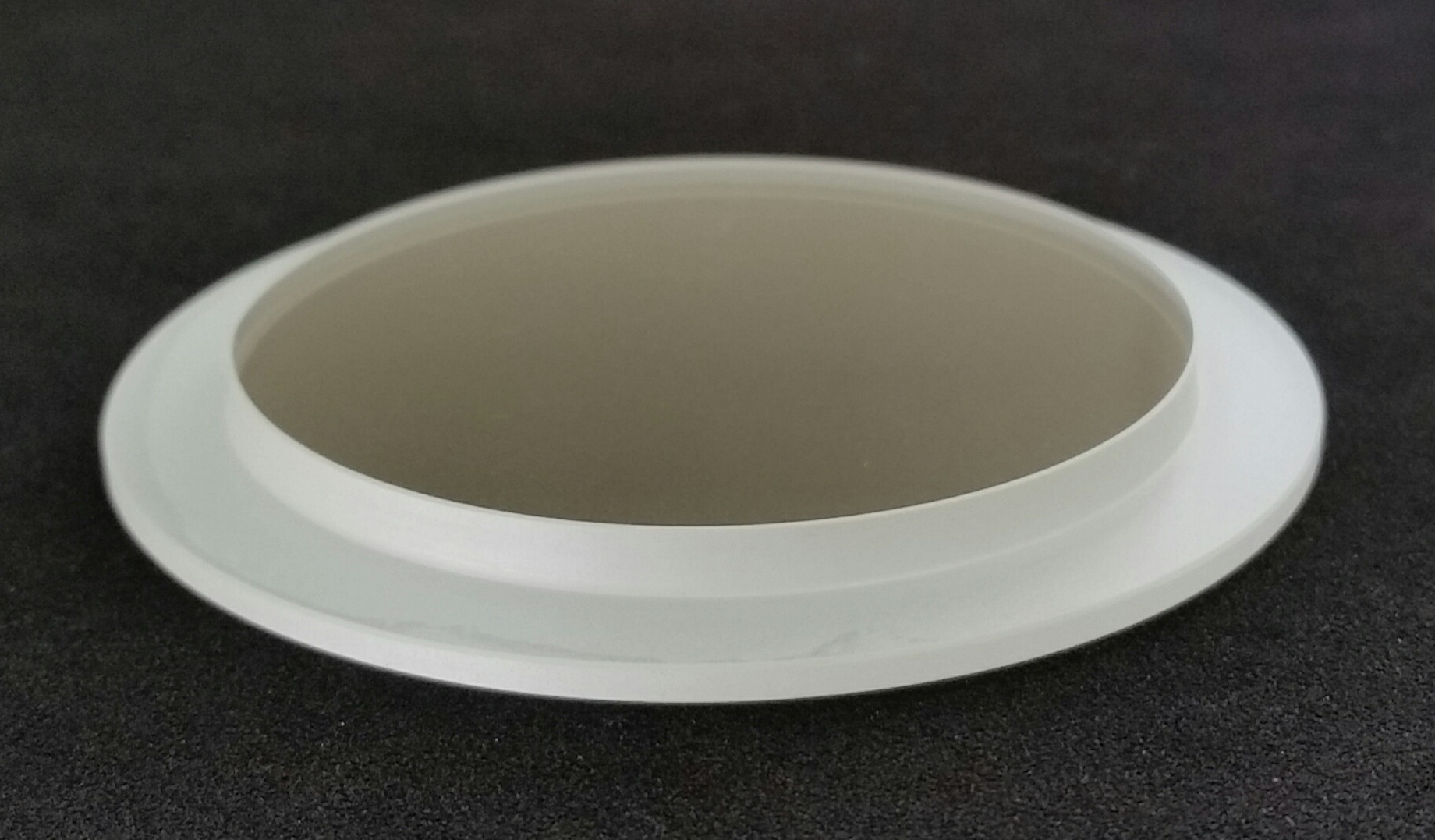
Guild Optics manufactures top-quality custom optical components.
Our precision-crafted sapphire windows protect delicate lasers, sensors, cameras, and other devices thanks to their superior strength and scratch resistance. These optical elements also work perfectly as viewports in high-pressure or vacuum situations. For pressurized enclosures, our components can be made much thinner than optical glass counterparts due to the material’s high modulus of rupture. With a MOHS hardness of 9, this crystal is second only to diamond, plus it transmits from 190nm to 5000nm, making it a great choice for UV applications and mid-wave infrared.
Click to see the Properties of Sapphire »
| Diameter: | From 1 mm (.039”) to 430mm (17”) in any optical axis |
|---|---|
| Thickness: | Varies by Diameter but can be sub millimeter and up |
| Flatness: | Varies by thickness but can be 1/10 wave or better if needed |
| Parallelism: | Varies by size but can be as tight as 1 arc second |
| Surface Quality: | Down to 10/5 Scratch/Dig |
| Quantities: | From singles to full large scale production runs |
| Alternate Materials: | Bk7, Fused Silica, Quartz, and Optical Glass |
Frequently Asked Questions
What is a sapphire window?
A transparent component made from synthetic aluminum oxide crystal known for exceptional hardness and durability. These optical elements resist scratches, thermal stress, and chemical corrosion, making them ideal for environments too harsh for standard glass. Due to their superior physical and optical properties, they’re used in scientific instruments, high-pressure vessels, aerospace applications, and electronic devices where clear, durable, and stable optical performance is crucial.
Why are sapphire windows better than glass optical windows?
These specialized optical elements hold several advantages over traditional glass, particularly in durability and performance under extreme conditions. Made from crystalline aluminum oxide, they rank 9 on the Mohs scale, just below diamond. This extreme hardness makes them highly resistant to scratching and abrasion, essential in environments where particulate matter might damage lesser materials.
Furthermore, they withstand temperatures up to 2030 degrees Celsius without losing strength or shape, making them ideal for high-temperature applications that would deform standard glass optics. They also exhibit excellent chemical resistance, withstanding exposure to corrosive substances and strong acids without surface damage, ensuring optical clarity remains intact even in harsh environments.
In addition to mechanical and thermal robustness, these components provide superior optical clarity across wavelengths from ultraviolet to near-infrared, making them versatile for various applications requiring precise light transmission. While glass is sufficient for everyday use, the demanding conditions of scientific, military, and industrial settings often require the robust features of sapphire windows. These characteristics make them the preferred choice where durability, clarity, and performance under stress are paramount.
Do sapphire windows cost more than glass windows?
Yes, they generally come at a higher cost than traditional glass options. The primary reason is the material and manufacturing processes involved. The synthetic crystal requires high temperatures and significant energy to produce, making the initial material more expensive. Additionally, machining it into precise optical components is complex; the extreme hardness, while beneficial for durability, means special equipment and techniques are required for shaping and polishing. This adds to production costs. In contrast, glass is easier and cheaper to manufacture and can be processed at lower temperatures with less specialized equipment. Although more expensive, sapphire windows are justified for applications demanding high durability, thermal resistance, and optical clarity where long-term benefits offset the initial investment.
Start your sapphire window project today
For a quote on your custom requirements please send us your drawing or specification.
